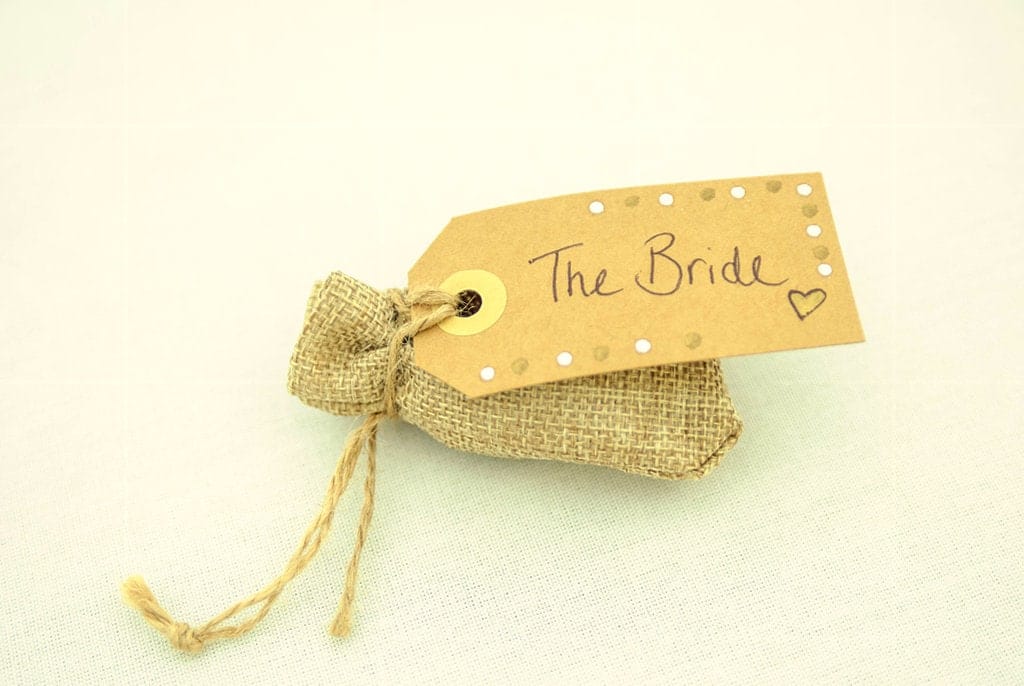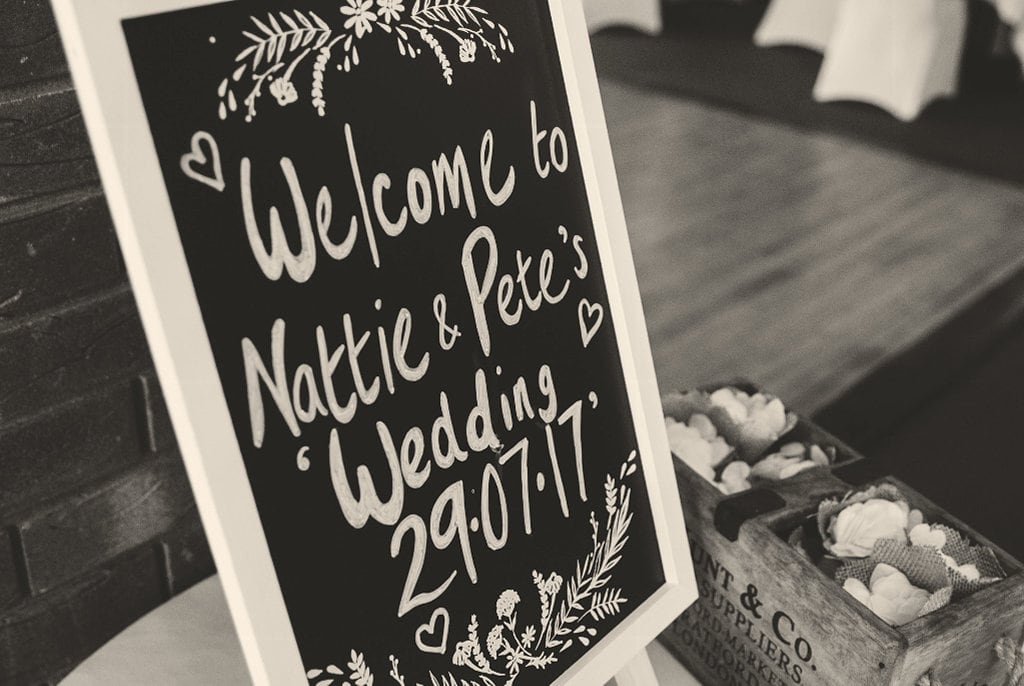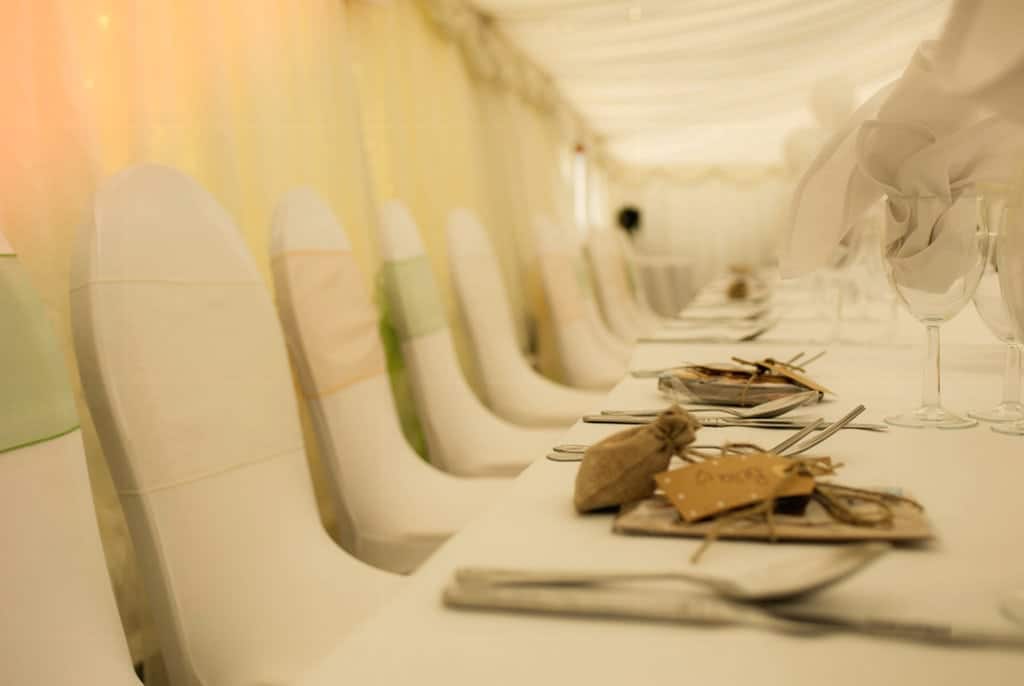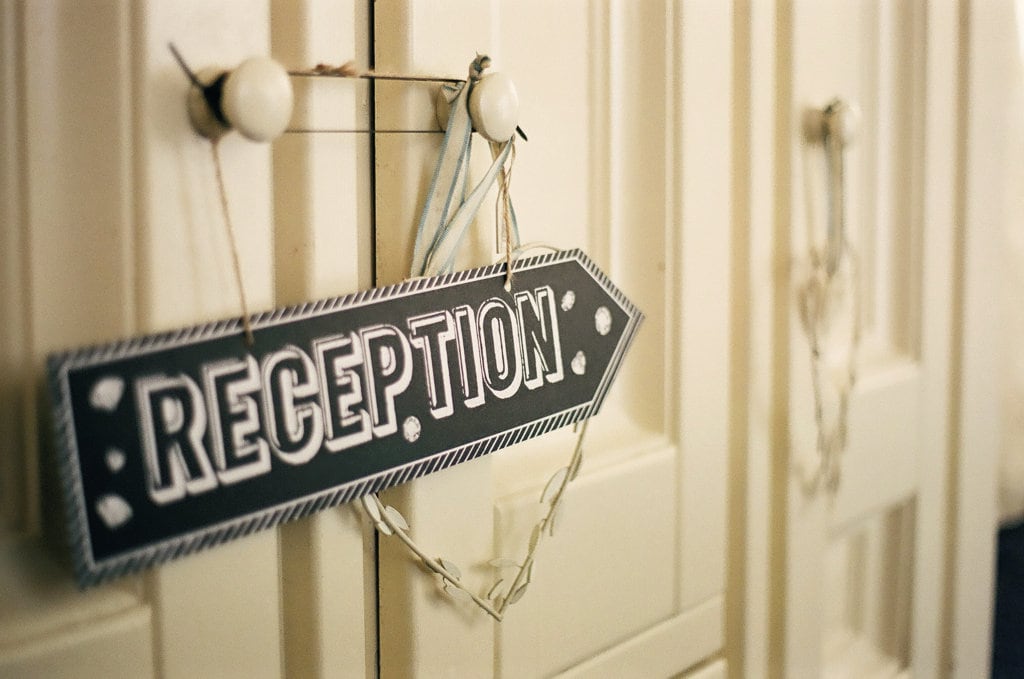Surviving wedding shoots – 3 tips to help beginners.
Surviving wedding shoots. 3 tips to survive your first wedding is aimed at all those of you starting out in the field.
The first rule of any photography is “people buy pictures, mountains do not buy pictures”. It’s quite obvious the theory here, meaning to earn a living you need to shoot portraiture or weddings. I would suggest there are more people earning money from weddings than any other photography field.

This is always a dilemma for many who want to make that step up into paid work. There are so many things to consider in theory:
- getting clients
- wedding arrangements
- the day
- editing
- delivery
- getting paid
That’s a very small overview and doesn’t even cover technology, pre-bridal shoots, telephone calls or transport, childcare and family support. You can see why the step up is so daunting to many and a massive wall to climb.
Through this article, the aim is to help you with some tips.
Surviving wedding shoots tip 1 – Shoot with another photographer
Increase your chances of a successful shoot by working with another photographer.
You will have seen so many high-quality images from other photographers. So you have to wonder what are you up to this, could you cope?
For me, an opportunity popped out of nowhere. Social media is a great way to befriend like-minded photographers. This helped me form a friendship with a photographer called James Morris (link here). We chatted online and the next minute he invited me to attend and shoot alongside him. The rest is history, as they say, I calmed myself just said yes and sat nervously all week on the build up.
Here is why you should consider this option:
- little pressure to deliver
- be creative as you like
- you are practising photography
- meeting people (and future customers)
- break out your comfort zone
- don’t need to do a full day

There could be negatives too:
- cannot show/advertise your work
- images owned by photographer (not you)
- little or no payment
- respect (you are not an assistant)
Shoot as 2nd photographer
After speaking with fellow photographers, the general consensus is it’s a paid role. You work alongside the main photographer and maybe told what to do, who to shoot. You may not get to see the photos as you could be using their memory cards. If you are wanting the images this is down to the photographer.
Please consider what you want from the wedding. If you want recognition and the ability to advertise, this may not be for you. On the flip side, how else will you get this level of experience? Also, you need to think about the main photographers skill and what you could learn.
Shoot as co-photographer
Although a similar experience, you might keep your own photographs. Payment would be by arrangement and unlikely.
Use the day to learn and practise as much as you can, engage with people at the wedding.
Finding someone to shoot in this manner may be difficult. You have to remember that the main photographer has a reputation to uphold and deliver. You have to be courteous and not intrude on their performance, but watch and learn.
[metaslider id=10189]
Surviving wedding shoots tip 2 – PREPARATION IS KEY
As a second shooter use the day to practise what it is like for the main photographer. Think what they are going through, in essence:
- check the location
- known the timings
- equipment packed & ready
Know the location
This might sound stupid but knowing all elements of the day will help you. Take note of where everyone is getting ready, the main event and the night event.
Work out the commuting time so you to get there early. Consider any other shooting locations and arrangements.
When you arrive (early) take a walk around the site, look for areas you might want to use. Look at the rooms that are being used for the meals, look at the dance floor, the door they arrive at, the bar. Take a look around the outside, the grounds and gardens, if there are any. Having this preparation time will give you ideas what you can use these elements for and what part of the day.
Know the timings
Get the itinerary imprinted in your head, on a piece of paper or your phone. This will be essential, so you know where to be during the day.
Timing helps your preparation, set your composition ready for people to come into your field of view. Because of your prep, you will know how much time you have in-between events.
Depending on the ceremonial room, you might need to keep out the way of the other photographer. After all, the main photographer is getting paid to capture these moments.
Knowing the timings will allow you to prepare and swap equipment needed.

Equipment
Your equipment is very important, without it would fail and have a very unhappy client!
Ensure you have enough memory cards, batteries and all your cameras and lenses. Know where everything is, so you can get to your equipment when needed. Some photographers use a type of belt that holds multiple cameras, which could be useful.
It is just as important to know your equipment well too. If you have issues you have to quickly resolve these, as this can happen with film.
For instance, during my experience, I had issues with both the Bronica and Olympus.
The main failure in my case was my lack of experience with the Nikon D200 and 28-70 lens. The camera showed an error message after the speeches (luckily not an important part). James Morris sat down and patiently went through ideas with me to fix this (we did resolve it). The Nikon also caused me problems, but these were expected due to the age. The batteries died towards late afternoon, which limited me to a couple of hundred images at most. I needed to ensure the equipment was still capable of good results. If there was going to be another occasion, new batteries and cards would be bought.

Surviving wedding shoots tip 3 – KNOW YOUR LIMITS
So far we have covered it’s a good idea to shoot with another photographer and preparation. But on another mental preparation side, you have to be very honest with yourself. Are you capable of producing quality work under pressure?
You need to know your equipment (unlike me and the Nikon D200). You will need this experience to aid you in your shots. There will be a mixture of posed for the wedding shots and candid too.
Working with film
You must know your film, lens and film in this scenario. Although film is very forgiving, you have to be experienced.
With film you need good light for consistency in your work. Because I was well prepared I had time to walk the site and do meter readings with the Olympus. Taking note of the darker and lighter areas I was able to work out what depth of field and shutter I could use. Of course, the light would be the single most constraint as I had no experience with flash.
[metaslider id=10179]
Working with digital
The Nikon limits have already been touched on – batteries and memory card. There was no way round this, with no funds to buy batteries (they were very old) or extra cards. Therefore, the shoot would be limited to how long the batteries lasted and the number of shots on the card. Therefore, I chose carefully when to shoot (working with film helped here).
Creativity
On the day you will have very different types of opportunities for photographs. You should be able to work at different apertures to suit the mood. From close-up work with rings or details of the wedding tables to group shots.
Play in your mind and work the scene to get that killer shot. When the bride is getting ready is a perfect time to use a reflection shot in a mirror. Detail of footwear or flowers can also be times to get close or use a different depth of field.
Why not take something new with you to the event, a filter or prism (by pure chance both James and myself did). In any type of photography you need time to play and be creative, to learn.

Coping
Another consideration is can you actually cope with a full day of this? It is a long time to be standing up and concentrating, so you need to take a break while you can. Each photographer will have his own method of coping. Whether it is a large drink bottle to keep you going all day or a few sandwiches.
One suggestion is to start with shooting a half day. This will allow enough time to practise the main events of the day. The evenings are going to be very different and a large drain on your energy levels.
SUMMARY
Your experience could be very different, it is very easy for anyone to say follow these tips and you will be fine. Just because you are a competent with a camera does not mean you will be a good wedding photographer. They are true professionals and have a lot of roles to play. You have to be:
- secretary (book weddings etc)
- accountant (take care of invoices + payments)
- director (telling people where to stand etc)
- photographer
- editor (editing and choosing which work)
- designer (presentation of the delivered work)
- salesperson (sell yourself to clients)
I admire and feel for everyone in this field, it is a lot of work at once and such a pressured environment. People like James Morris take this in their stride and one thing I learned (amongst others) is to relax. He told me at the start of the day just go round take some photos and enjoy yourself. James is a great person, friendly and joined in with the kids on their bouncy castle (shush I never told you that).
[metaslider id=10229]
James Morris was a superb coach. Allowing me the flexibility to roam and shoot what I wanted is unheard of. We never set in stone how long I would stay or what was required of me. The wedding prep, ceremony and meal was enough for the first go, I’m not sure I could have stood up any longer!
Take a plunge, get out your comfort zone and get it touch with a wedding photographer now! It’s an amazing day and so much fun. To be part of someone’s special day is great, but capturing forever is something else.
FURTHER INFO
If you want to check out the pictures, they are also on my Instagram analogue feed – @phlogger_analogue
Do not forget to check my main feed – @phlogger
For those interested in something different, the street photography feed – @pavementsphotography
TECHNICAL
The Nikon D200 was used with a professional 28-70 (f2.8) lens.
The Olympus OM10 (50mm f1.8) is a well-used budget 35m film camera, along with £1 Agfa Vista 200 film and scanned in low res.
The Bronica ETRS medium format has a 75mm f2.8 lens and Kodak Portra 400 was used (scanned in medium res).
Most of the Nikon pictures were edited in Lightroom (only used twice).
Some film shots were edited using Lightzone on my Linux computer (free software).
All work was carried out on a Dell e7240 laptop with 13″ screen, no mouse.
The shoot was all captured with natural light, no other sources were used.
